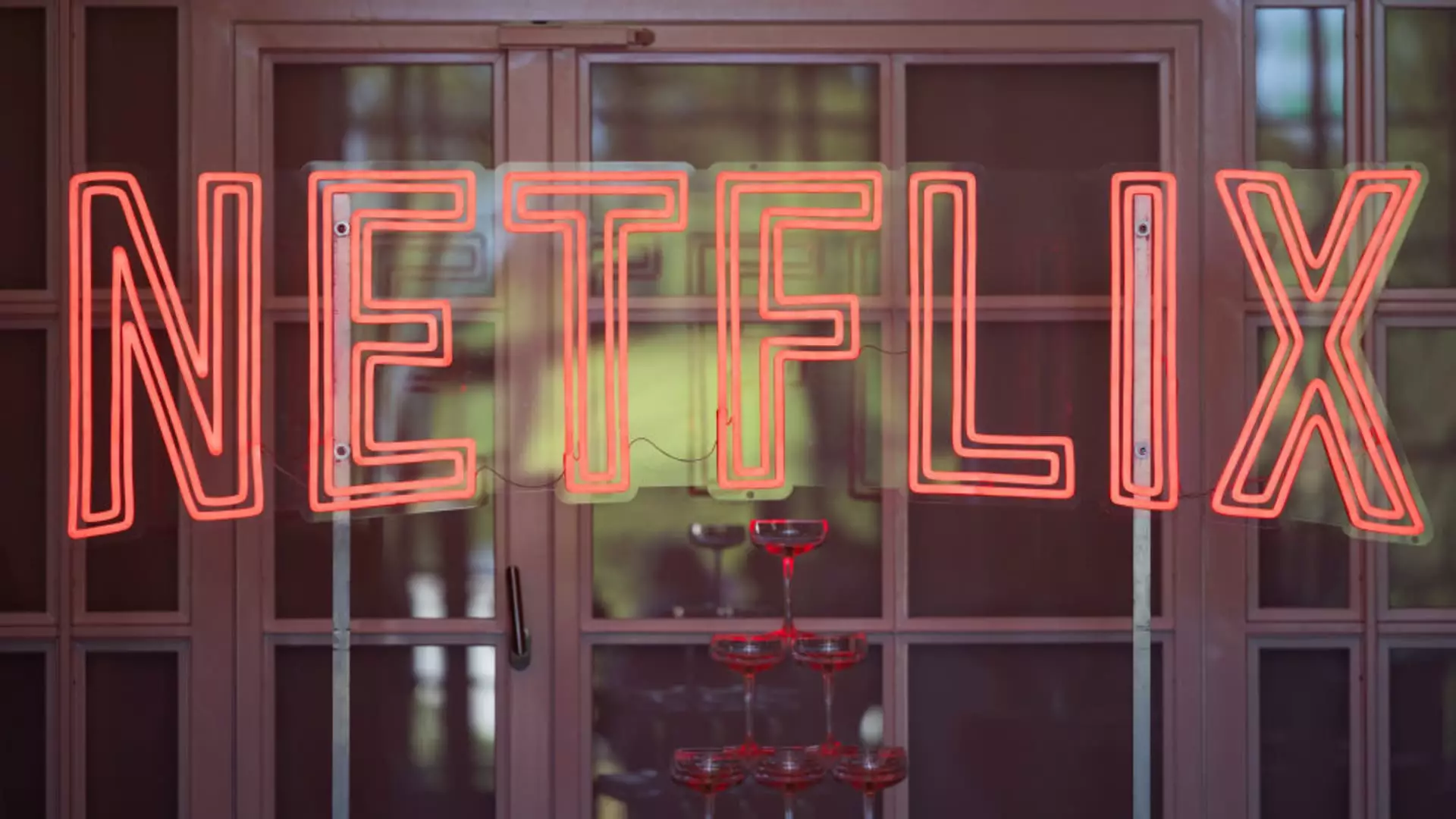The streaming landscape has rarely been static, and companies are constantly adapting their business models to cope with shifting consumer demands and industry challenges. Recently, Netflix announced a significant price hike for its subscription plans in the United States, a decision that has sent ripples through the media community and among its millions of subscribers. As Netflix continues its push to maintain profitability in an increasingly competitive market, this article will explore the implications of its recent price adjustments, assess its strategic reasoning, and consider the potential backlash from consumers.
On a recent Tuesday, Netflix revealed that its standard ad-free subscription would rise from $15.49 to $17.99 per month, while its ad-supported plan will experience a modest increase from $6.99 to $7.99. Furthermore, the premium subscription plan will be elevated from $22.99 to $24.99. These adjustments mark a notable shift in Netflix’s pricing strategy, especially considering that larger price increases have also been reported in international markets such as Canada, Portugal, and Argentina. This trend of escalating costs is not isolated to Netflix; consumers across the board are grappling with similar hikes from competing platforms like Disney+ and HBO Max, reflecting a broader movement in the streaming industry.
The rationale behind these price adjustments boils down to a combination of economic necessity and strategic vision. Netflix seeks to enhance its revenue stream amidst softening subscriber growth and heightened competition. Co-CEO Ted Sarandos stressed the importance of delivering “the goods” and engaging content to justify these price increases during an investor call. Clearly, Netflix is banking on its line-up for 2025, which it hopes will entice existing and potential subscribers regardless of the financial adjustments they must absorb.
Moreover, the price hike of the ad-supported plan is particularly noteworthy, as this is the first time that Netflix has modified this tier’s pricing since its introduction in November 2022. The ad-supported model was a response to stagnating subscriber growth, allowing Netflix to tap into a new demographic by offering a more affordable option without sacrificing its content library. By raising the price of this entry-level offering, Netflix appears to be betting on the revenue potential that comes with the significant user base it has cultivated with its ad-supported service.
The decision to increase prices raises several questions about the sustainability of this approach, especially as it might encourage subscribers to reconsider their options. The streaming industry has witnessed a proliferation of choice, as consumers can freely shuffle between various platforms. If a user perceives Netflix’s offerings to be less compelling relative to competitors, they may simply switch to a rival service, especially since many of these alternatives also frequently adjust their pricing structures.
Furthermore, Netflix’s decision to enforce stricter rules on password sharing could be considered a double-edged sword. On one hand, it potentially increases revenue by converting non-paying users into full-fledged subscribers. On the other hand, stricter measures may alienate loyal customers who have relied on shared accounts for cost-effective access to Netflix’s extensive content library.
While Netflix’s recent price increases may yield short-term revenue boosts, the company’s long-term success hinges on its ability to delight and retain subscribers. With a reported record of 19 million new paid memberships in the last quarter, Netflix is in a fortunate position, but this growth must be sustained. The challenge will lie in leveraging the anticipation of compelling new programming to keep subscribers engaged and minimize churn rates. As the competitive landscape evolves and consumers become more price-sensitive, the streaming giant must remain agile in both its pricing and content strategies.
Netflix’s recent price hikes and strategic decisions reflect a mature company trying to navigate a competitive landscape filled with evolving consumer preferences. While raising prices may seem like a necessary evil for maintaining profitability, the long-term impact will depend heavily on Netflix’s ability to deliver exceptional content that keeps subscribers satisfied and willing to pay for higher access. As the narrative unfolds, it will undoubtedly be fascinating to monitor how Netflix balances revenue generation with customer retention in this dynamic industry.


Leave a Reply